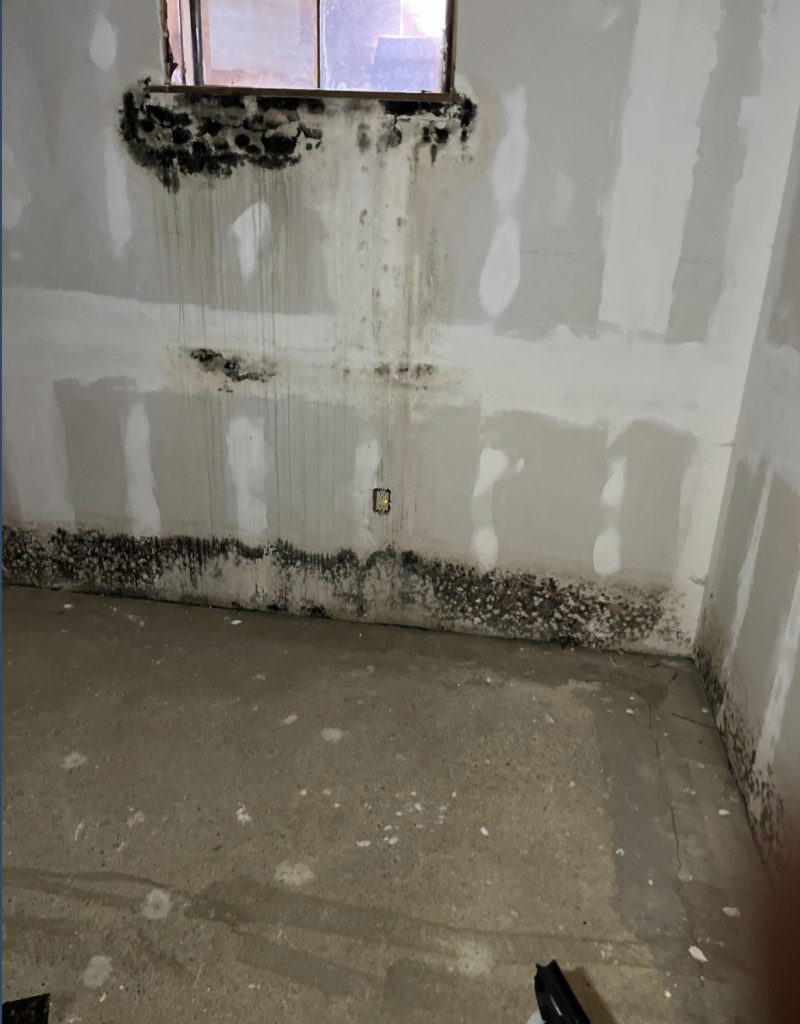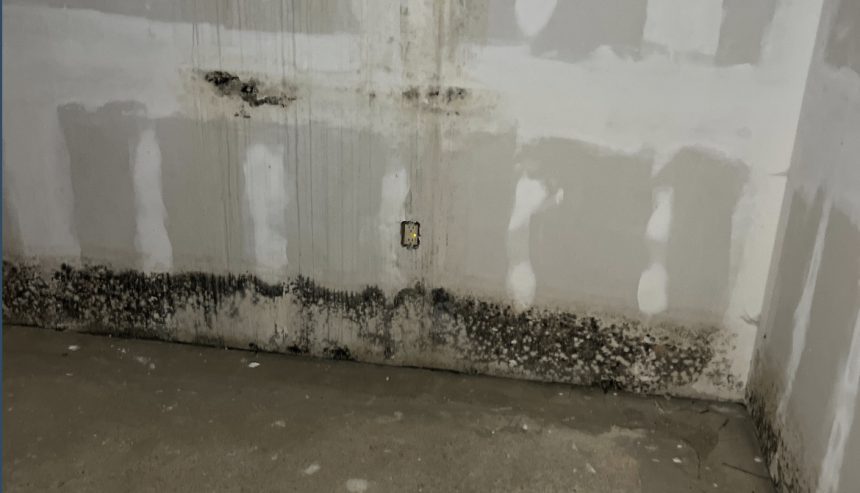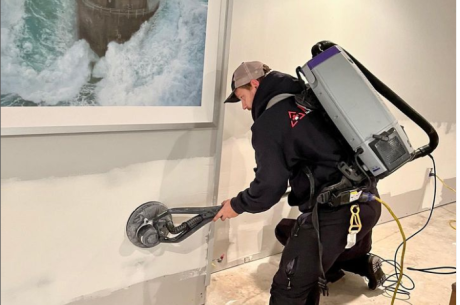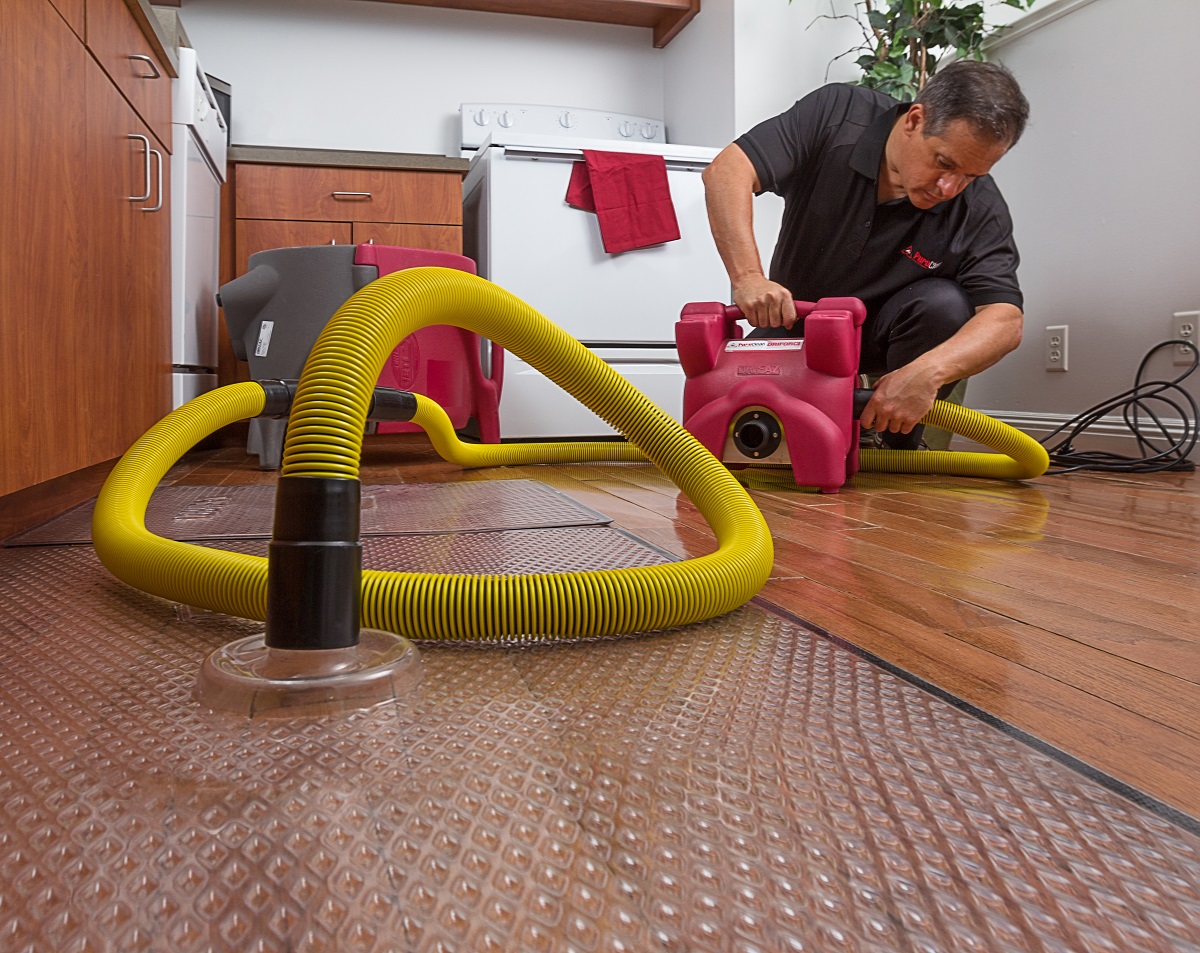Table of Contents
Are you experiencing after rain water in basement? What Do You Do? Read till the end to find out what you should do.
If you have water in your basement after a rainstorm, you may be wondering who to call for help when you are in Lansdale. One key fact to mention is that water damage can cause serious problems for your home, office buildings or properties such as mold growth, structural damage, and health risks. That’s why you need a professional water damage restoration company like PuroClean of Lansdale to handle the situation.
PuroClean of Lansdale is a trusted leader in water damage restoration in Montgomery County. We have the experience, equipment, and training to handle any type of water damage, from minor leaks to major floods. We will respond quickly to your call, assess the extent of the damage, and start the restoration process as soon as possible. We will also work with your insurance company to make the claim process easier for you.
There are so many people who experience this occurrence of after rain water in basement and we believe you are experiencing same which is why you have found this post.

At PuroClean of Lansdale, we offer a range of services to restore after rain water in basement to its pre-loss condition, such as:
– Water extraction and drying
– Mold removal and remediation
– Dehumidification and deodorization
– Sanitization and disinfection
We understand how stressful it can be to deal with water damage in your basement. That’s why we are committed to providing you with excellent customer service, quality workmanship, and peace of mind. We will treat your property with respect and care, and we will keep you informed throughout the restoration process.
Don’t let after water in basement ruin your basement and your home. Call PuroClean of Lansdale today at (267) 834-5900 for a free estimate and fast service. We are available 24/7 for any water damage emergency in Montgomery County. PuroClean of Lansdale is the company you can trust when water strikes.
Guidelines for Handling Water in Basement from Assessment to Prevention
Assessing the Damage: Understanding the Extent of Water Intrusion
- Begin by thoroughly inspecting the basement to determine the areas affected by water.
- Look for signs of water damage such as dampness, discoloration, or water stains on walls, floors, and belongings.
- Take note of any structural damage or potential safety hazards caused by the water intrusion.
Safety First: Precautions to Take Before Entering the Flooded Area
- Turn off the electricity to the basement to avoid the risk of electric shock.
- Wear protective gear such as rubber boots and gloves to prevent contact with contaminated water.
- Beware of potential hazards like slippery surfaces and unstable structures when entering the flooded area.
Water Removal Techniques: Pumping Out Excess Water
- Use a submersible pump or wet vacuum to remove standing water from the basement.
- Start pumping water out from the lowest point and work your way towards the exit to facilitate drainage.
- Dispose of the extracted water safely, away from the house foundation, to prevent re-entry into the basement.
Drying Out: Dehumidification and Ventilation Strategies
- Increase ventilation by opening windows and doors to promote air circulation and aid in drying.
- Utilize dehumidifiers to reduce moisture levels in the air and accelerate the drying process.
- Remove wet materials such as carpets, rugs, and furniture to expedite drying and prevent mold growth.
Mold Prevention: Steps to Mitigate Mold Growth After Water Damage
- Thoroughly clean and disinfect affected surfaces with a mixture of water and detergent or a specialized mold cleaner.
- Apply mold inhibitors or anti-microbial solutions to surfaces to prevent mold spores from germinating.
- Monitor humidity levels in the basement and address any sources of moisture to prevent mold recurrence.
Salvaging Belongings: Tips for Restoring Water-Damaged Items
- Sort through belongings and prioritize salvageable items for cleaning and restoration.
- Clean and disinfect affected items using appropriate methods and products based on their material composition.
- Dispose of irreparably damaged items responsibly and document losses for insurance claims if applicable.
Repair and Restoration: Addressing Structural and Property Damage
- Assess structural damage to walls, floors, and foundation walls and prioritize repairs to prevent further deterioration.
- Seal cracks and gaps in the foundation to prevent future water intrusion.
- Replace damaged insulation, drywall, flooring, and other building materials as needed to restore the basement to its pre-damaged condition.
Future Prevention: Implementing Measures to Avoid Water in Basement
- Improve drainage around the home by installing gutter extensions, downspout diverters, and grading the landscape away from the foundation.
- Seal gaps and cracks in the basement walls and floors to prevent water seepage during heavy rain.
- Consider installing a sump pump and backup battery system to mitigate the risk of basement flooding during storms.



